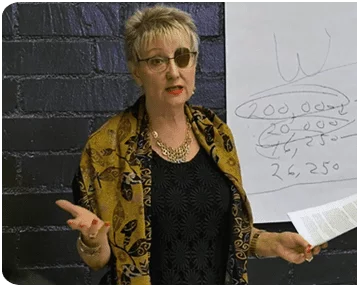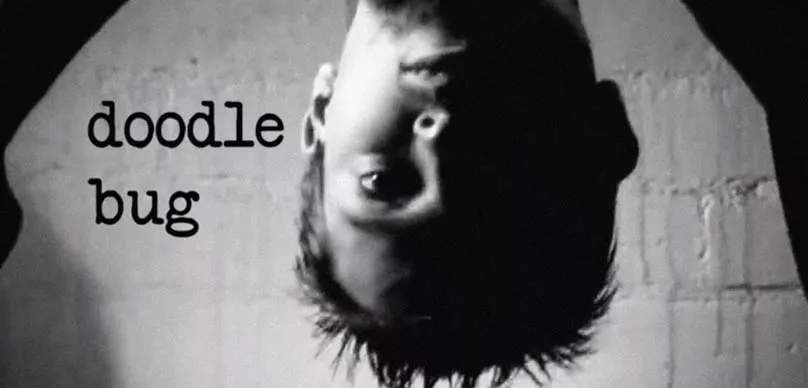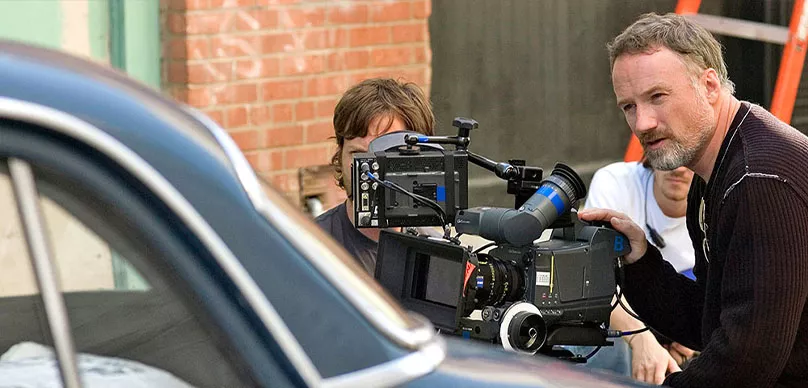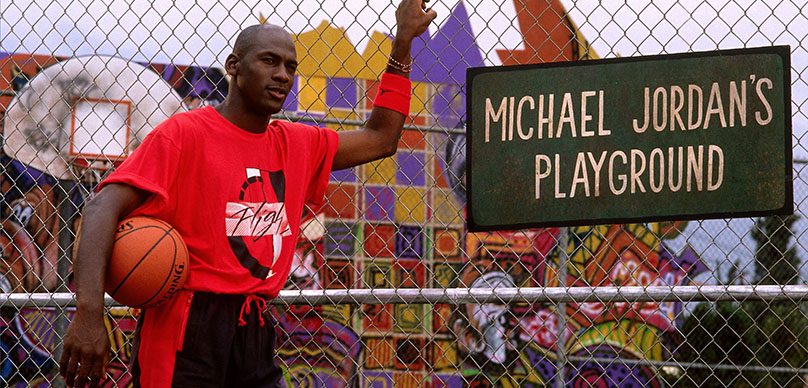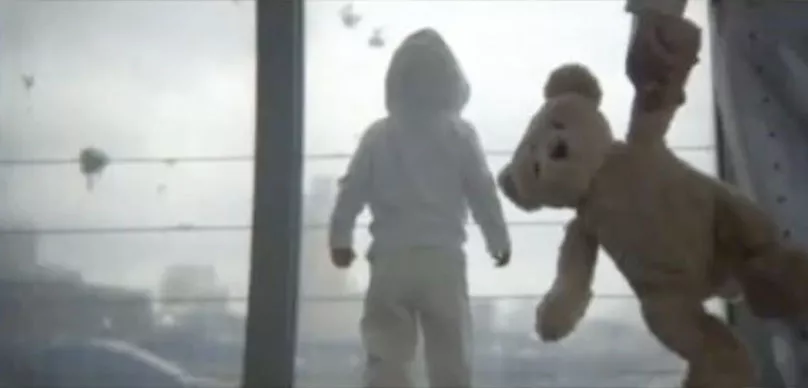Today on the show we have returning champion Karl Iglesias. His last episode is one of the most popular shows ever in the history of the podcast. I wanted to bring him back to dig deeper into his thoughts on writing for emotional impact and breakdown the essential elements of every good story.
Karl Iglesias has been a writer for over 20 years now with varying degrees of success — an option here, a couple of contest finalists and winners there, an indie development deal, many writing and script-doctoring assignments, a TV spot for a Coca-Cola campaign — and of course, his first published book, The 101 Habits of Highly Successful Screenwriters, which ignited my unplanned teaching and consulting career, and my second book, Writing for Emotional Impact. Since then, he has contributed to two other books on the craft, Now Write! Screenwriting and Cut to the Chase.
In between teaching and consulting, Karl keeps busy script doctoring for other writers, directors, and producers when the work comes his way, while developing his own scripts, having about ten projects in various stages of development.
Enjoy my conversation with Karl Iglesias.


